Classical Ukulele Technique
This post will explore classical ukulele technique. There are many unique aspects to playing classical ukulele, especially compared to popular forms of ukulele playing. We’ll look at the right hand, the left hand, and how it all comes together on our beloved four-stringed dancing flea.
Right Hand
The biggest difference between traditional ukulele and classical playing is the use of the right hand. The right hand in popular ukulele playing is used to strum chords, usually accompanying singers. However, classical ukulele right-hand technique is a fingerstyle approach. So first we need to take a look at the fingers of the right hand.
The best approach to playing classical ukulele in the right hand is to use the traditional classical guitar fingering: pima. These letters come from the Spanish words for the digits:
- p=thumb (pulgar)
- i=index (indice)
- m=middle (medio)
- a=ring (anular)
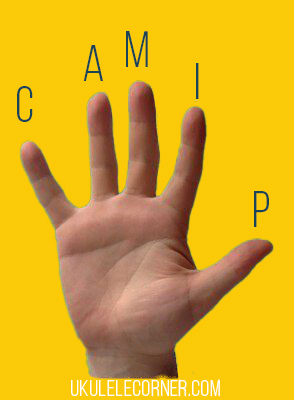
(The little or pinky finger, “c” for “chicito” in Spanish, is typically not used except when strumming for classical ukulele.)
Using these fingers in the right hand gives us the most flexibility to play across the strings. It also allows us to maintain multiple voices at once—playing melodies and harmony together. This is really important for classical ukulele since we are usually playing unaccompanied or solo music. From simple bass lines with melodies over top to complex counterpoint in the music of J.S. Bach, the right hand is what makes classical ukulele so special.
Alternation in the Right Hand
Another important feature of right-hand classical ukulele technique the use of alternation in the right hand. This means we alternate between fingers when playing melodies, scales, or other single lines. Alternation allows us to play at much faster speeds and increases our playing stamina as well because we’re using the power of two fingers (or more) rather than just one. Another way to think about alternation is that it replaces the “up-down” pattern of playing with a plectrum.
Rasgueado
There is strumming on classical ukulele, but it is usually located in Spanish repertoire (or Spanish-inspired pieces). The Spanish word for strumming is “rasgueado” and this is the style of strumming we’ll most often be doing on classical ukulele. A great example of this is the traditional Spanish dance Malagueña.
Tremolo
Another technique that comes from classical guitar is the tremolo. This is actually a technique that comes originally from the mandolin, but it was made popular on classical guitar. A great example of this technique is the classical guitar piece Recuerdos de la Alhambra by Francisco Tárrega. But, again, you can hear the technique in the intro of Malagueña above.
Left Hand
The left hand fingers also have names in classical ukulele but we use numbers instead of letters:
- index=1
- middle=2
- ring=3
- pinky=4
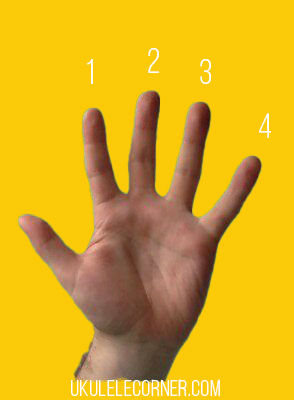
(Notice that we don’t use or number the thumb as the left thumb is only used as a guide on the back of the neck and does not fret notes on classical ukulele.)
Voices
One of the most important aspects of left-hand technique when playing classical music on ukulele is creating independence between different musical lines. What this means technically is holding some notes with one or more fingers while other fingers are active and moving. In order to do this we must develop independence of the left-hand fingers. This technique is quite a bit different from simply holding chord shapes, as in other popular ukulele styles.
Campanella
Another very popular left-hand classical ukulele technique is holding notes across strings in the left hand and letting them ring over one another. This creates a wash of sound that replicates the sound of bells (this is a technique called “campanella,” which means little bells in Italian). This is an incredibly useful technique for creating legato (Italian for “connected”) lines that sound almost dreamlike. The re-entrant tuning (discussed below) allows for some really cool possibilities for campanella fingerings.
Slurs (Hammer-ons and Pull-offs)
An important left-hand technique for classical ukulele is slurs, or hammer-ons and pull-offs. Slurs allow you to play scales and other melodic lines more quickly, they add a nice legato dynamic effect, and they create a completely different sound from plucking each note. Check out a video tutorial on slurs below:
Shifting and Stretches
The size of the standard soprano ukulele means that both shifting and stretches across frets are a breeze on ukulele. A stretch of nine frets would be pretty much impossible on the classical guitar, but is much easier on the ukulele. Similarly, because the distance of frets is so small, shifting positions is much easier. All of this means that certain difficult features of standard classical guitar repertoire can be made much more manageable for ukulele players simply because of the size of the instrument.

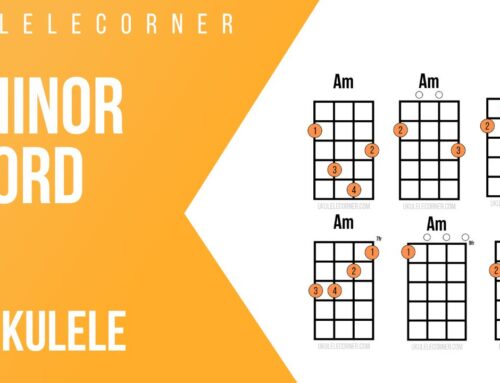
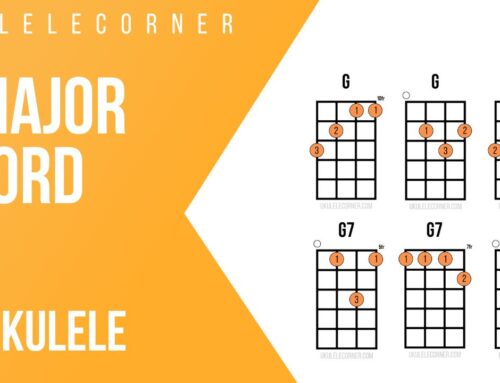
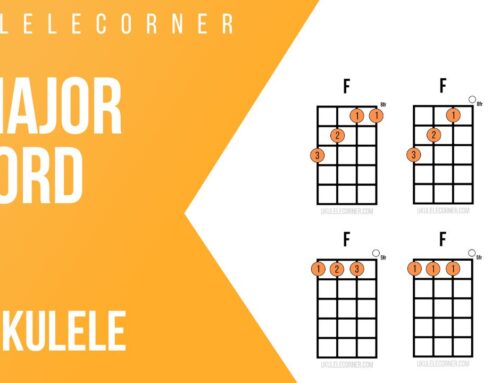
Leave A Comment